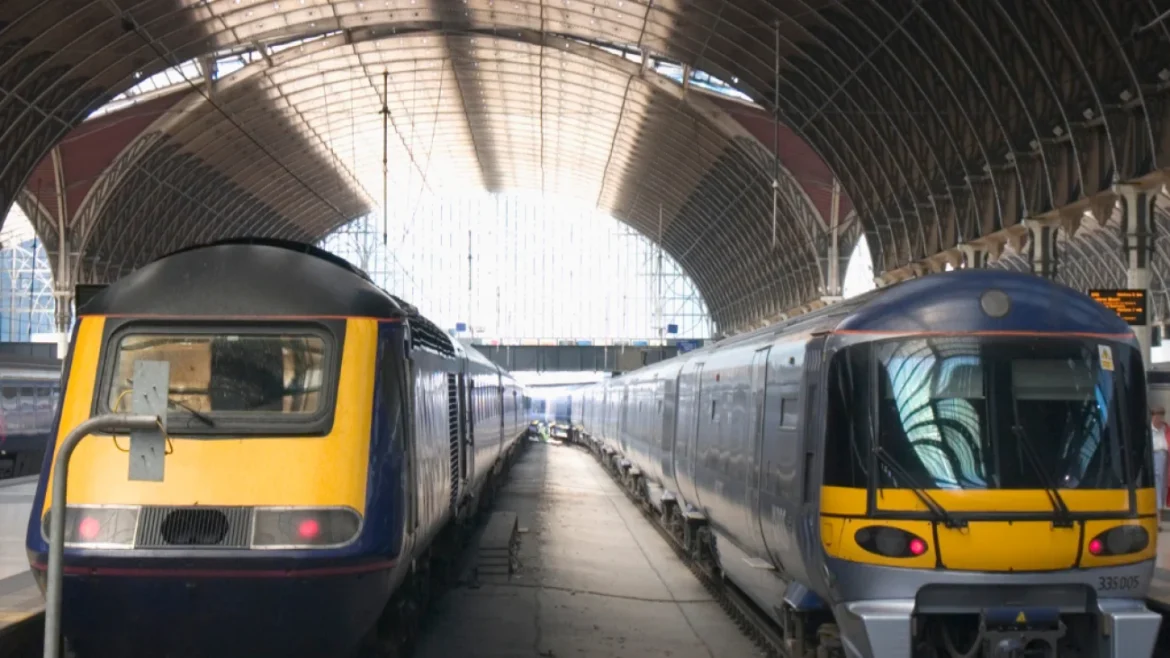Recently, the UK government revealed a significant £15 billion regional investment in a transport package meant to revolutionize public transport outside of London. This project is a component of a larger £113 billion capital investment scheme aiming at infrastructure in housing, energy, and other important areas. The government wants to boost economic development in the Midlands, the North, and other areas historically seeing less investment than the south-east by prioritizing regional investment in transit. This strategy directly responds to the ongoing economic disparity and the rising need for enhanced connectivity, environmentally friendly transportation choices, and regional productivity gains.
Why should regional transport investment top priority?
Regional differences in infrastructure financing over the years have helped to explain unequal economic development all throughout the United Kingdom. Particularly in London, the southeast has received an excessive amount of investment, which has helped propel speedier development than in other areas. Understanding this, the government has changed Treasury policies to give projects outside the capital priority for genuine productivity advantages. This is a major policy change toward regional investment in transport since it recognizes that a strong UK economy depends on expansion that benefits everyone in the nation.
Focusing on transport systems like trams, trains, and buses, the government hopes to increase connectivity, lower travel times, and provide greater access to employment and services. Such developments are crucial if failing areas are to draw investment, keep talent, and promote corporate development. Policy changes also reflect increased political and public pressure to address regional disparities influencing general economic resilience and social cohesion.
The £15 billion investment consists of what?
The £15 billion package helps several important initiatives spread over several areas. £2.4 billion is set in the West Midlands to stretch the metro from Birmingham city centre to the new sports quarter, therefore improving connectivity and supporting urban renewal. With a Mass Transit system by 2028 delivering quicker and more effective transit across this economically significant area, West Yorkshire will get £2.1bn to start one. Funding of £2.5 billion will help Greater Manchester build additional tram stops in Bury, Manchester, and Oldham, as well as extend the tram network to Stockport.
Investment of £1.5 billion is scheduled for South Yorkshire, including £530 million set aside for updating and renewing the tram services in the area. The East Midlands is also getting £2 billion to build a new mass transit system linking two important metropolitan hubs, Derby and Nottingham. Along with helping the UK’s more general environmental objectives, these projects are intended to generate thousands of jobs in engineering and construction, hence lowering traffic congestion and emissions. Read another article on UK Green Energy Investment
How may regional transport investments affect economic development?
Most people agree that a major force behind economic growth is transport expenditure. Enhanced connectivity helps companies to run more effectively and opens access to jobs, education, and healthcare. By clearing long-standing infrastructure gaps and bottlenecks, the £15 billion regional investment in transport plan aims to leverage these advantages.
Areas that make investments in contemporary, dependable public transportation often see more dynamic local economies, better property prices, and more productivity. For instance, the West Midlands metro expansion is planned to draw businesses and visitors, therefore boosting the retail and hotel sectors. Likewise, the West Yorkshire Mass Transit system will help thousands of daily commuters, thereby improving labor market involvement.
These expenditures also fit the government’s larger “levelling up” goal, which seeks to lower regional economic inequalities. The scheme intends to increase social mobility and boost economic resilience by more fairly distributing growth around the nation.
What Difficulties Does the Spending Review Create?
The procedure of the budget review presents major difficulties, even with the obvious advantages. Three important agencies—the Home Office, Energy, and Housing—have not yet finalized agreements, although most government departments have agreed on their multi-year budgets. These holdouts result from challenging talks over social housing financing, energy efficiency programs, and police policy.
For instance, given manifesto pledges to boost police personnel and lower violent crime, the Home Secretary has expressed worries about budget pressures on policing. Should financial deficits continue, police chiefs have cautioned of “stark choices.” The Energy Secretary is opposing changes to the “warm homes” insulation scheme, which is essential for reaching climate targets and helping underprivileged homes. Following past pledges of a generational change in social housing, the Housing Secretary is also advocating increased financing for more reasonably priced accommodation. These discussions draw attention to the careful balancing act needed between daily expenditure and capital investment, like regional infrastructure projects.
How will departments balance cuts and investment?
Effective presentation of the results of the spending review is a major challenge for ministers. Early severe settlements for some agencies led to cuts that would draw criticism. But the capital expenditure—especially the regional transit investment—offers a good headline that ministers believe would help to deflect daily budget concerns.
Rebuilding and future-proofing the economy depends on capital expenditure, the administration underlines., It also highlights how departments will get £300 billion more than earlier Conservative proposals during the parliament, including £190 billion more in daily expenditure. These numbers highlight a dedication to making investments in development, even if tough decisions still have to be made.
What Prospects Exist for Regional Transportation Funding?
Looking ahead, whether projects satisfy local demands and how well they are executed will determine how successful the regional investment in a mobility strategy is. Planning, implementing, and maintaining these infrastructure improvements will rely critically on governments at all levels, including municipal authorities and transportation agencies.
Those in the infrastructure and transportation industries should get ready to seize newly presented possibilities. Calls for tenders, alliances, and creativity will probably be for making sure new systems are user-friendly, sustainable, and efficient.
This expenditure gives communities optimism for improved services, cleaner surroundings, and more economic possibilities. Better transport linkages for companies mean simpler access to labor and markets. For legislators, it offers a road to solve persistent regional disparities and create a more balanced and stronger UK economy.
In conclusion
The £15 billion regional investment in transport projects a strong will to solve regional disparities by means of better infrastructure. The government wants to unlock economic growth, generate employment, and improve the quality of life all over the United Kingdom by focusing on underfunded areas and supporting contemporary transit options.
The focus on regional investment in transport offers a good basis, even if the expenditure review deals with difficult decisions and complicated talks. Supported by strong, effective, and sustainable transport systems, it marks a change toward a future whereby every area may flourish.
Maximizing the impact of this strategy and providing long-lasting benefits will depend on active participation from local governments, companies, and communities as it advances.


